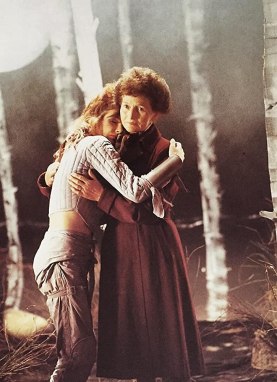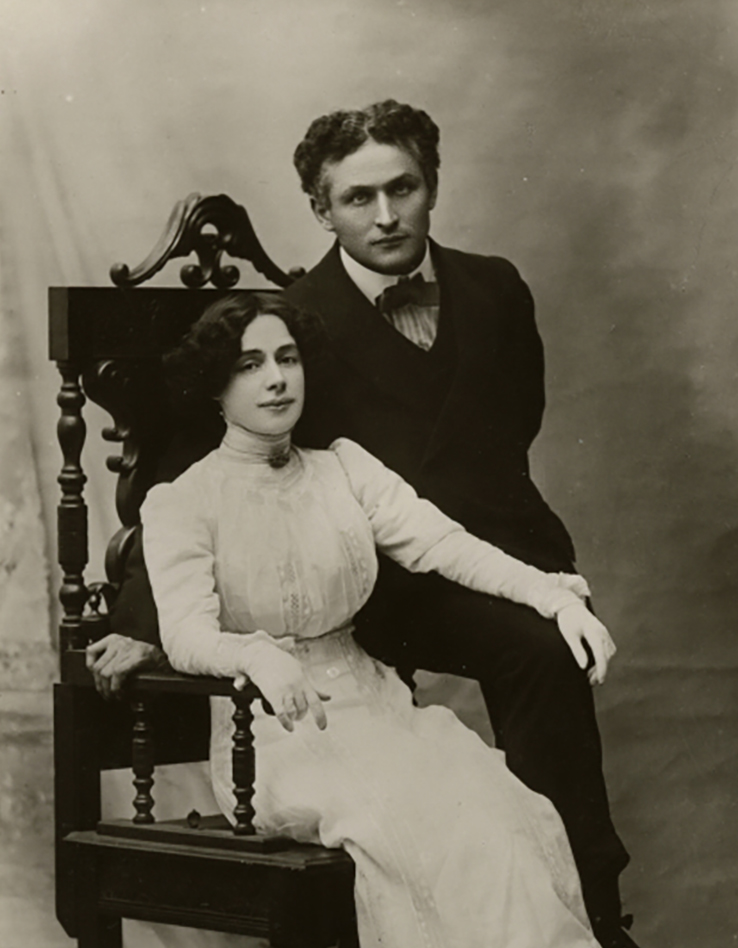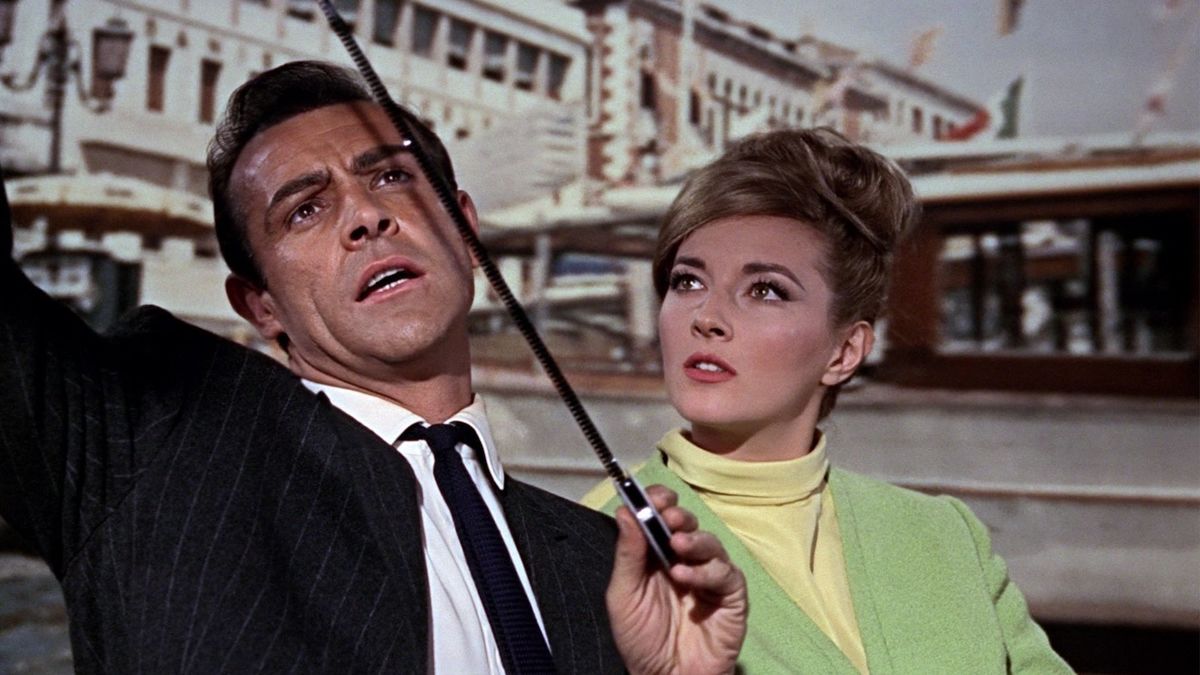Suspended in Gaffa
2018 Remaster
Houba Houba (France, ‘82)
Bananas (West Germany, ’82)
Music video
Hey, all. Sorry to shill for myself once again, but the Patreon has been slipping a little. $300 is the bare minimum where I can comfortably live  off my blogging, and the Patreon has dipped below that slightly. Any help is appreciated.
off my blogging, and the Patreon has dipped below that slightly. Any help is appreciated.
After a few weeks working with Bush in Townhouse Studios, a mollified Hugh Padgham was called to musical duties elsewhere. Bush commissioned the younger Nick Launay, who was coming off production duties on Public Image Ltd.’s drums-and-reverb LP Flowers of Romance, to replace Padgham. The close ages of the two collaborators (Bush was 22, Launay was 20) assisted their rush into youthful creative maximalism. “[It] really was like the kids are in control,” effused Launay. “I came from the punk rock thing, and to me she was punk rock.” Bush and Launay’s work together produced an attitude of kitchen sink realism, if you define kitchen sink realism as “we’ll throw the kitchen sink off a cliff and it’ll sound real neat!”
Bush’s newfound role as producer is at the heart of The Dreaming. For all intents and purposes, she was now completely in charge of her work and exerted her agency by trying out every idea she had. Collaborators were often stymied by her ideas (Aramaic instructions written in disappearing ink do not tend to endear a producer to their session musicians) — Brian Bath was particularly flummoxed, and Del Palmer has admitted in the years since The Dreaming’s release that Bush has since become “a bit more discerning.” To stake out her own territory meant Bush had to embrace uncertainty, resulting in the most restive and strangest record of her life.
Public response was ambiguous. In the years since its release, The Dreaming has gained a reputation as Bush’s most underrated album. This is a slight exaggeration, if a basically understandable one. The Dreaming peaked at #3 in the UK, but it domestically sold a relative paucity of 60,000 units (to compare, Never for Ever sold 100,000 UK units, and even Lionheart hit 300,000). It wasn’t close to a commercial failure by any means, but it was decidedly less popular than Bush’s prior work. This can be explained by a number of factors, from the obvious aesthetic ones (The Dreaming’s maximalism was viewed by some as a bridge too far for Bush), to timing (“Sat In Your Lap” predated the album’s release by over a year), and EMI’s timid promotional campaign. Reviews were mixed, if better than they’re sometimes declared in retrospect. The indelibly truculent Robert Christgau offered The Dreaming a conditionally approbatory review (“the most impressive Fripp/Gabriel-style art-rock album of the postpunk [sic] refulgence makes lines like ‘I love life’ and ‘some say knowledge is something that you never have’ say something”). Melody Maker’s Colin Irwin effused about Bush’s “fearsome twisted voice” for “put[ting] the fear of God in me,” while future Pet Shop Boy Neil Tennant observed Bush’s efforts to “become less commercial.”…
Continue Reading

 …
…


 off my blogging, and the Patreon has dipped below that slightly. Any help is appreciated.
off my blogging, and the Patreon has dipped below that slightly. Any help is appreciated.